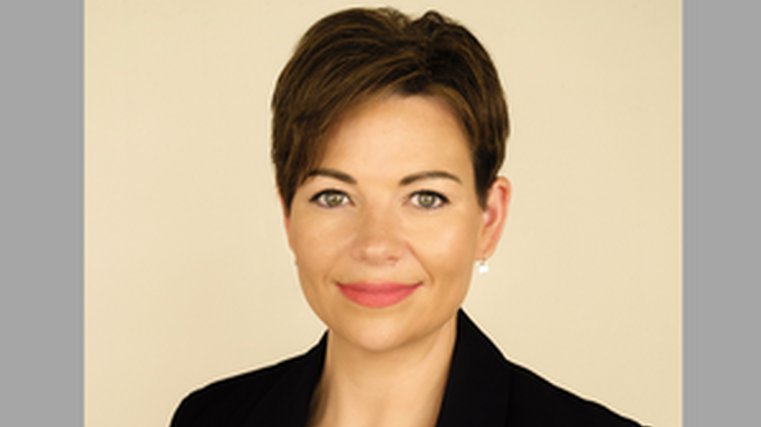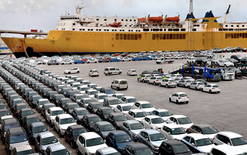Tight times impact market

Latest sales figures for the new-vehicle market continue an overall declining trend experienced since the beginning of this year, although some categories are showing resilience.
That’s the assessment of the Motor Industry Association (MIA) after registrations last month came in at 8,839, compared with 9,223 in April last year.
Aimee Wiley, pictured, chief executive, says: “Registrations to the end of April totalled 41,380 vehicles – a 3.9 per cent drop on the 43,079 registered over the same period in 2024.
“This is likely due to continuing tight economic conditions impacting on spending behaviour.”
MIA’s breakdown of the April figures shows the 6,092 registrations of cars and SUVs was down “a minimal 0.3 per cent” on the 6,111 recorded in April 2024.
Engine types
The MIA notes that when it comes to powertrain preferences, battery electric vehicles (BEVs) recorded a sharp increase from 262 light passenger units in April last year to 442 last month.
The Polestar 2 topped the BEV ladder with 78 registrations. Next up was BYD’s Dolphin on 36, Tesla’s Model Y with 34, the BYD Atto on 32 and Kia’s EV5 with 31.
Hybrid and plug-in hybrid (PHEV) car sales remained steady at 2,310 registrations last month compared with 2,569 a year ago.
As for PHEVs, the BYD Sealion 6 led the way with 36, with the Mitsubishi Outlander second on 27. Completing the top five was the GWM Haval H6 with 25, the Lexu NX on 11 and BMW’s X3 with 9.
Toyota’s RAV4 claimed top spot among the hybrids after securing 697 registrations. Hyundai’s Tucson followed with 98, and Toyota’s Corolla and Corolla Cross were next on 96 and 94 respectively. The Suzuki Swift grabbed fifth place with 90 sales.
Meanwhile, internal combustion engine (ICE) light passenger vehicle registrations totalled 3,340 units, up from 3,280 in April 2024.
Other key figures
Last month’s leading segments for the new-vehicle sector were compact SUVs on 23.6 per cent, medium SUVs with 22.2 per cent and pick-up/chassis cab on 18.6 per cent.
Business buyers were the dominant category in April on 57.3 per cent. Private buyers accounted for 38.4 per cent of sales, rental buyers 2.6 per cent and government purchases came in at 1.7 per cent.





